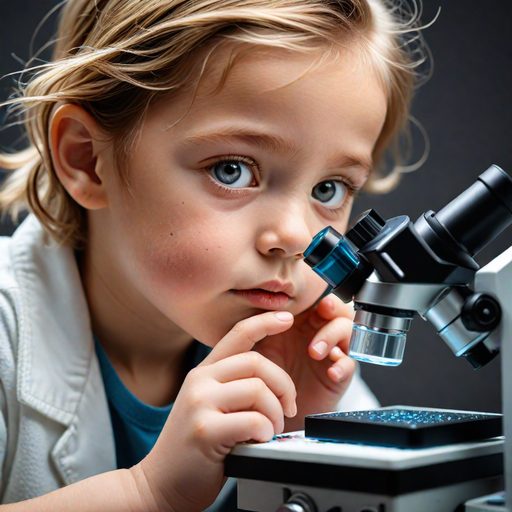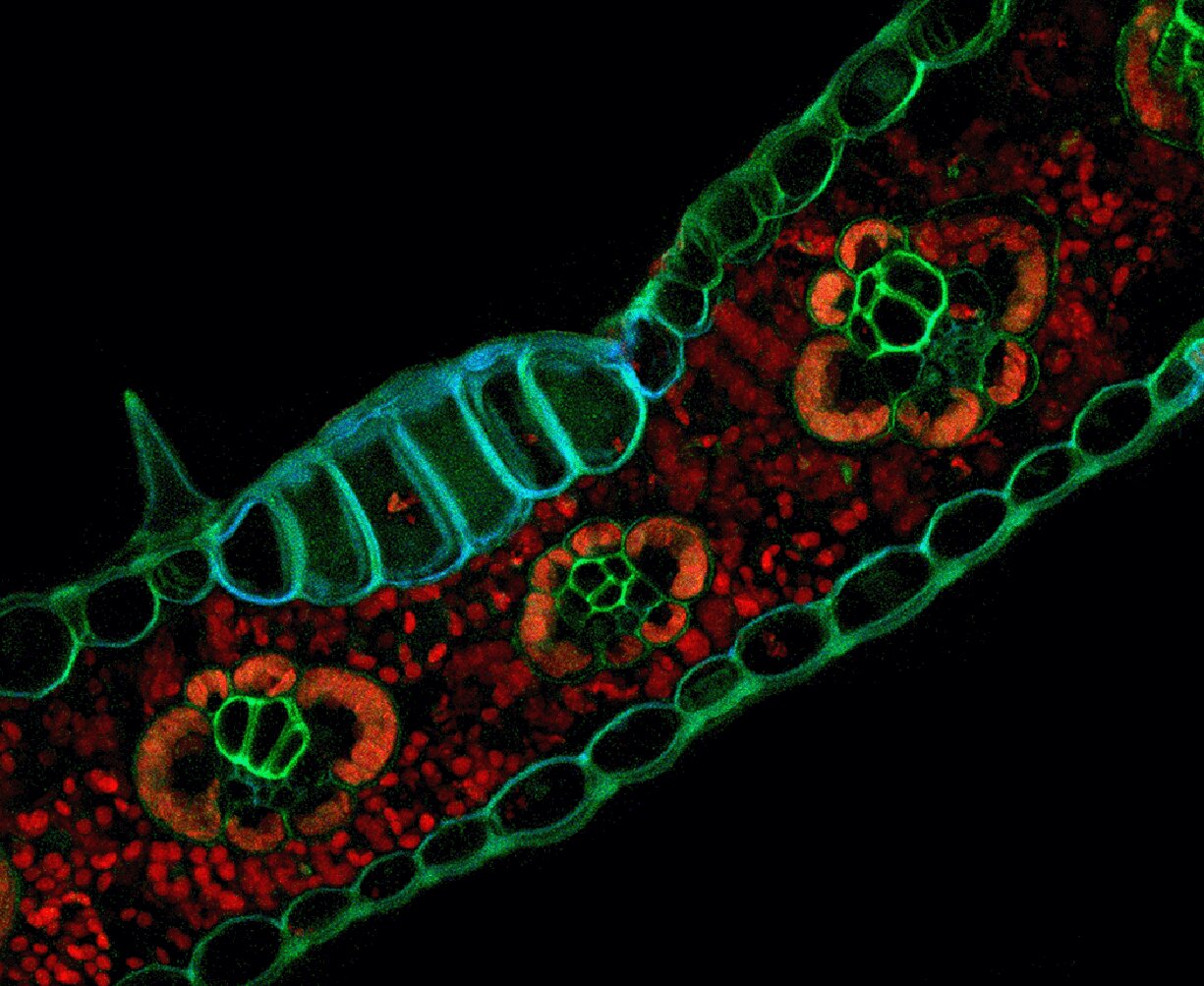
Latest Biotechnology Discoveries: ChatGPT & Artificial Protein
Recommended for Biotechnology
The Dawn of Protein Design: AI Unleashes Creativity in Biology’s Playground
Welcome to the frontier of biotechnology, where artificial intelligence is painting a new masterpiece on the canvas of life. Just as ChatGPT crafts eloquent prose, a revolutionary AI model named ESM3 is now composing the building blocks of life – proteins. These aren’t just any proteins; they’re unique creations, not found in the vast library of nature. We’re on the brink of a scientific renaissance, where AI and biology dance in a symphony of innovation.
What's so groundbreaking about this AI model?
ESM3 is the first of its kind, capable of generating entirely new proteins from scratch, opening up a universe of possibilities in medicine, energy, and beyond.
How does it work?
ESM3 learns the language of proteins by analyzing billions of them. It then uses this knowledge to predict and create novel protein sequences with specific functions.
What are the implications for the future?
This discovery could revolutionize drug development, create eco-friendly materials, and even help combat climate change.
The ChatGPT of Biology: Writing the Language of Life
Imagine a digital scribe, trained on the vast encyclopedia of proteins, capable of penning new chapters in the book of life. That’s the essence of ESM3, born from the minds of former Meta researchers who sought to push the boundaries of artificial intelligence. Just as ChatGPT predicts the next word in a sentence, ESM3 forecasts the next amino acid in a protein sequence, enabling it to craft entirely new biomolecules.
“This is a ChatGPT moment for biology,” exclaims Dr. Emily Carter, a renowned biotech investor. “ESM3 is writing proteins that nature hasn’t yet imagined, opening doors to therapies and materials we never thought possible.”

The ChatGPT of Biology: Writing the Language of Life
ESM3’s creative genius stems from its training on a staggering 2.78 billion proteins. It deciphers the intricate relationships between protein sequence, structure, and function, allowing it to generate proteins tailored for specific tasks. It’s like a composer who, having studied every musical piece ever written, creates a melody never before heard.
The Protein Playground: A Kaleidoscope of Possibilities
One of ESM3’s early triumphs is the creation of a new fluorescent protein, dubbed “esmGPF.” This glowing protein, unlike any found in nature, could revolutionize how scientists visualize cellular processes. Think of it as a flashlight illuminating the dark corners of a cell, revealing secrets that have long remained hidden.
ESM3’s potential extends far beyond the laboratory. Imagine proteins engineered to break down plastic waste, clean up toxic spills, or even capture carbon dioxide from the atmosphere. It’s a world where biology becomes a tool for solving humanity’s greatest challenges.
ESM3’s predictive abilities could accelerate drug discovery. By predicting the structure and function of proteins involved in diseases, scientists could identify new drug targets and design therapies with unprecedented precision. It’s like having a map that guides researchers directly to the treasure – a potential cure.
The Ethical Equation: Balancing Innovation and Responsibility
With great power comes great responsibility. The ability to design proteins from scratch raises ethical questions about the potential misuse of this technology. Could it be used to create harmful substances or even biological weapons? It’s a conversation we must have as we navigate this uncharted territory.
While ESM3 is a testament to human ingenuity, it’s crucial to remember that nature is the ultimate innovator. The billions of proteins that exist naturally are the result of eons of evolution, each honed for a specific purpose. ESM3 should be seen as a tool to complement and enhance nature’s creations, not replace them.
The future of protein design lies in collaboration between humans and AI. By working together, we can harness the power of ESM3 to solve pressing problems while respecting the delicate balance of the natural world. It’s a partnership that could shape the future of medicine, agriculture, and environmental protection.
In Conclusion:
The emergence of ESM3 marks a turning point in biotechnology. It’s a testament to the power of AI to augment human creativity and unlock new frontiers in the biological world. As we embark on this exciting journey, let’s remember to tread carefully, balancing innovation with responsibility, and always respecting the wisdom of nature.
Related Stories
Curious Times is a leading newspaper and website for kids. We publish daily global news aligned to your learning levels (also as per NEP 2020): Foundational, Preparatory (Primary), Middle and Senior. So, check out the News tab for this. We bring kids’ favourite Curious Times Weekly newspaper every weekend with top news, feature stories and kids’ contributions. Also, check out daily JokesPoke, Tongue Twisters, Word of the Day and Quote of the Day, kids need it all the time.
Curious Times News Program for Schools for FREE. Over 5,000 schools and teachers from all over the world have joined our programme so that students and teachers can get FREE Educative Newspaper. Here, kids can take part in world events and win prizes and certificates for free through their schools.
Moreover, schools are sharing important School News, like interviews with the principal, notices about new students, contests, and results, not just on social media but also on a news website for kids and other schools.
Thus, do not wait any further, sign-up for your school for FREE.
The following social media platforms allow you to communicate with us: WhatsApp, Instagram, Facebook, Youtube, Twitter, and LinkedIn.
0 (Please login to give a Curious Clap to your friend.)

